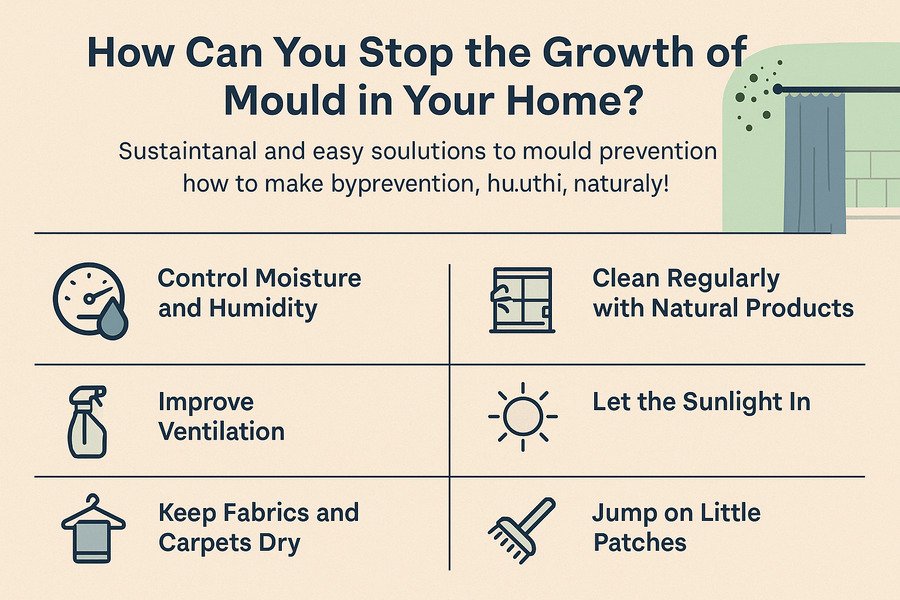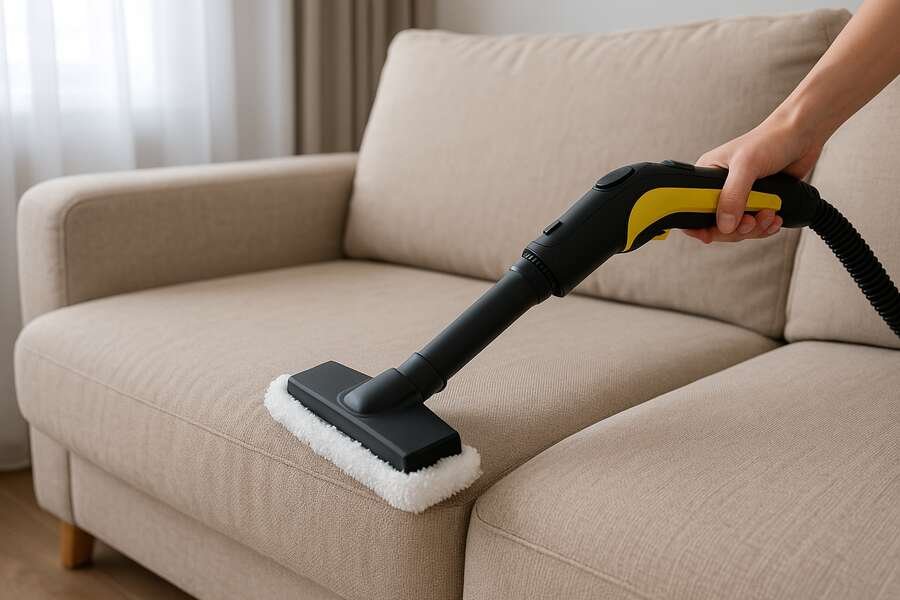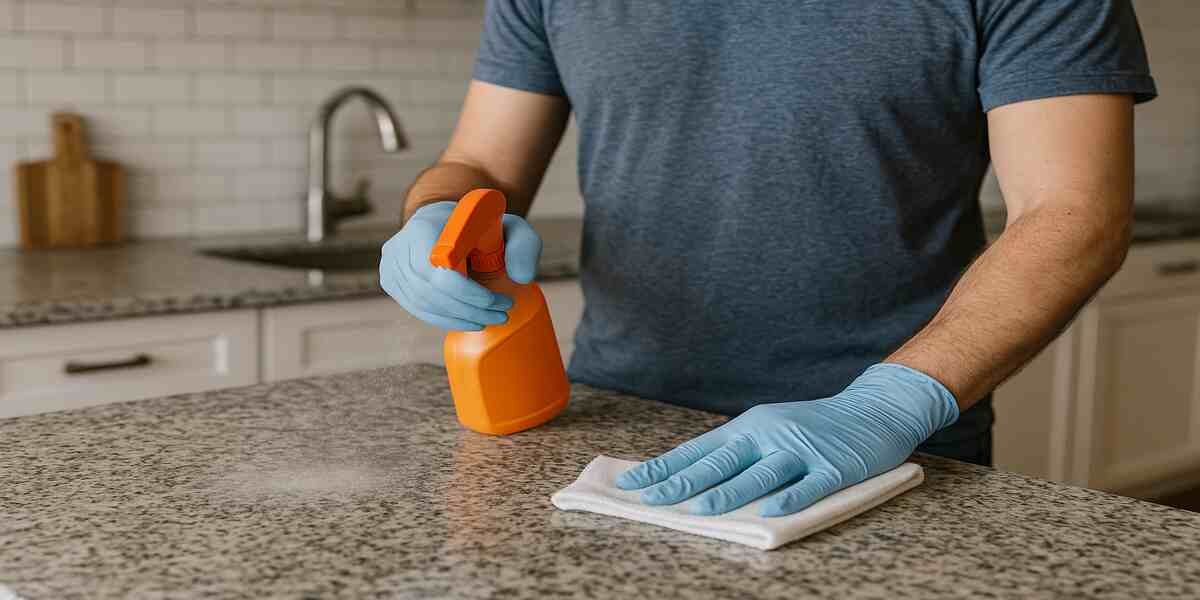An All-Inclusive Guide to Home Upholstery Cleaning

Home Upholstery Cleaning Guide – Easy & Safe Methods
Have you ever collapsed into an old couch thinking, When was the last time I cleaned this junk?” That formerly bright armchair now appears more inhabited than posh? And in case you are side-eyeing something strange, suspicious stains, strange smells, or years-old crumbs, it is not too late to salvage your upholstered furniture!
It is your guide to cleaning your upholstered furniture at home, and no special tools or steam cleaning services should be involved. Whether you need to clean up cat hair, coffee stains or any old general abuse, we will show you safe, effective ways to rejuvenate every nook and cranny. It only takes some time and some small knowledge to resuscitate your furniture and get it back to its comfort and its glory.
Complete Guide to Cleaning Furniture?
If you want to have your full bond returned, you can use the services of professionals doing the Bond cleaning Pimpama and have deep cleaning of furniture (including upholstered) in your rented property. But this is the whole scope of information on how you can clean upholstered furniture at home yourself. There are professional hints that can help you keep these belongings tidy and clean at any moment
1. Initially, learn what your fabric is.
Knowing the kind of upholstery material you are dealing with before commencing clearing helps a lot. All the fabrics require different cleaning steps, and one should not follow the wrong approach as it can lead to significant harm. Almost any type of furniture comes with a tag saying how to clean it; commonly coded W (water-based cleaner), S (solvent only), WS (either), or X (vacuum only). The recognition of this code enables you to select the most secure option for furnishing your furniture and avoids shrinking, bleeding of colours or weakening of fabrics.
2. Start With a Good Vacuuming
Vacuuming is the initial procedure in cleaning any type of upholstery. This cleans the loose dust, dirt, crumbs and pet hair collected on and under cushions. Your upholstery apparatus will work the best in your vacuum, and do not neglect getting into corners, cracks and under cushions. Pick-up mode: You want to proceed slowly and methodically, rather than rushing at the matter like it is a quick game of passes. Vacuuming also helps to make sure dirt can not get deeper into the fibres as time goes by.
3. Never test on it without a spot test first
It is always wise to do a spot test in a less noticeable place before using any cleaner, especially bought or homemade. This will allow the cleaner not to de-colour or spoil the cloth. Just put a little bit of the solution on the back of a patch and after 10-15 minutes, have a look at whether the colour, the texture, or the strength of that patch looks different. It is a minor measure that will help avoid a great cleaning catastrophe.
4. Test DIY Home-based Options regularly
You do not always have to have fancy sprays to clean your furniture. Simple products in your kitchen wardrobe can be very effective. On the waterproof graduated fabrics, just drop a few levels of mild dishwashing to be combined with a soft piece of cloth and just blot the surface, never soak up. With odours or light stains, a half-and-half mixture of white vinegar and water can be used, and then wiped off using a damp cloth that will get rid of any smell. Sprinkling some baking soda on cushions and allowing 1520 minutes to pass before vacuuming is excellent at deodorising.
5. Apply Correct Process to Treat Different Stains
Not all stains came into the world the same. Cornstarch or baking soda can also be used to remove grease or oil stains just by sprinkling it on the stain, leaving it there for a quarter of an hour before vacuuming it off and blotting with dry-cleaning solvent. When dealing with coffee or wine stains, apply the solution of vinegar and water, blot the place and apply mild soap. Rubbing alcohol used with a cotton swab or ball can dab the issue of ink stains. The quicker you intervene, the higher your chance of getting the stain gone completely.
6. Don’t Over-Wet the Fabric
Over-wetting upholstery is one of the most widely used mistakes in the process of cleaning. Excessive wetting of the fabric may cause mildew, water stains, or even the padding of the internal padding may be damaged. Use a wrung—not wet—cloth always, and blot, instead of rubbing. Let the furniture completely dry after cleaning it. Dry faster by opening windows or applying a fan in humid weather.
7. Freshen Up Your Furniture With a Spray
After cleaning and drying out your furniture, you can proceed to freshening it up by spraying with fabric spray or sanitiser. A product made by fabric-safe product that removes bad smell and germs without any residue is a good option to choose. In case you want something natural, add some drops of essential oil, such as lavender, lemon, to the water, and spray the thing lightly on fabric. This can make your furniture smell good in between deep cleans and make it feel warm.
8. Keep With a Common Cleaning Routine
Cleaning is not a single process but taking care. Weekly, dust and vacuum your upholstered furniture to prevent the buildup of dust and dirt. Immediately clean up spills or stains by spot cleaning and consider a more in-depth clean on a 3-6 month basis. Monthly deep cleaning would be useful in those homes that have pets, children, or a lot of traffic. Another terrific tip is to have washable slipcovers or throws on everyday items that you use so that they wear a little, and are easier to clean.
Wrapping Up
Upholstered furniture plays a significant role in the comfort and appearance of your house. Held by the knowledge of your fabric type and cleaning it with proper methods and by adopting their cleaning routine, a person can make his or her furniture last longer and create a fresher, healthier habitat. So next time you flop on the sofa, give it a thought- not only on how comfy it is, but how hygienic it would be. And having this guide under your belt, now you are fully equipped to approach the task of upholstered furniture cleaning with equanimity (you don’t even have to go out of your home)!



